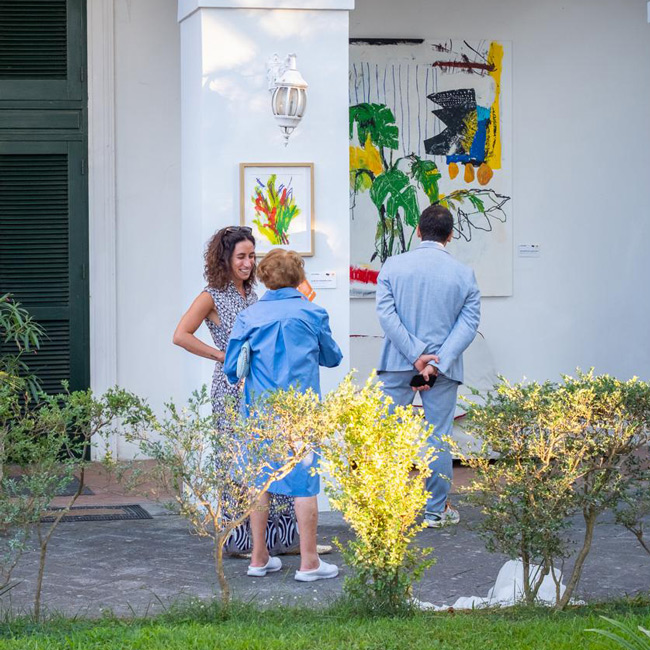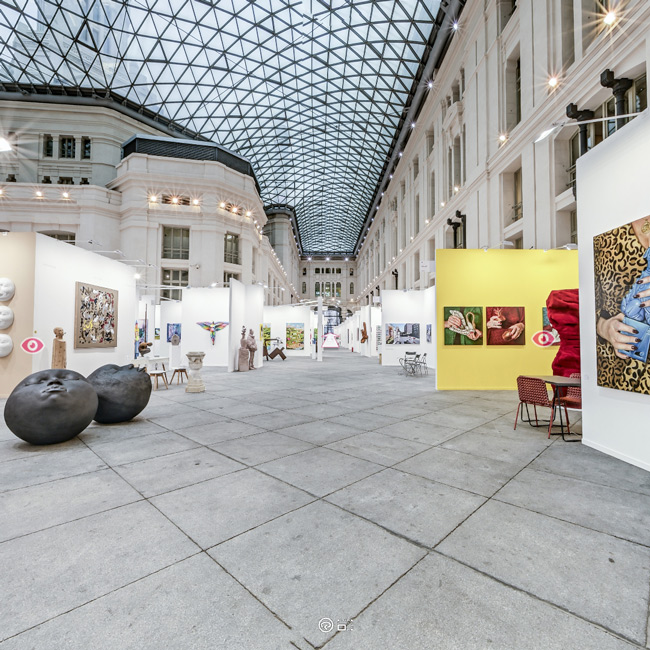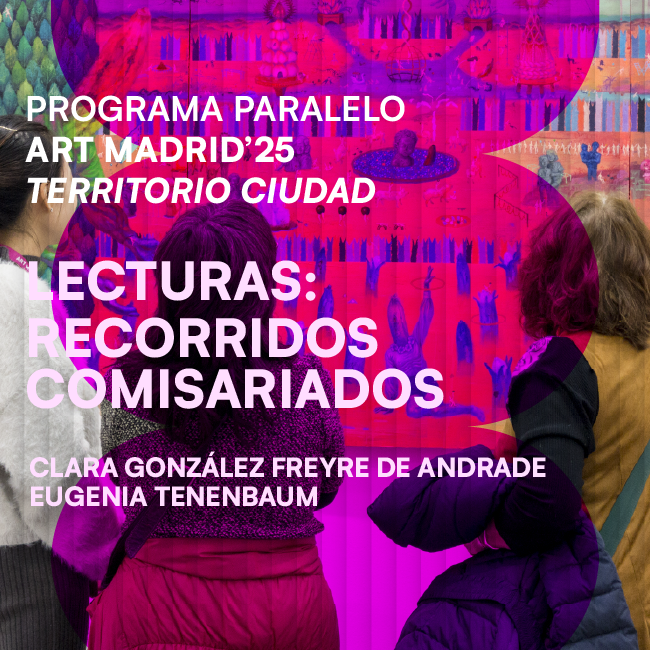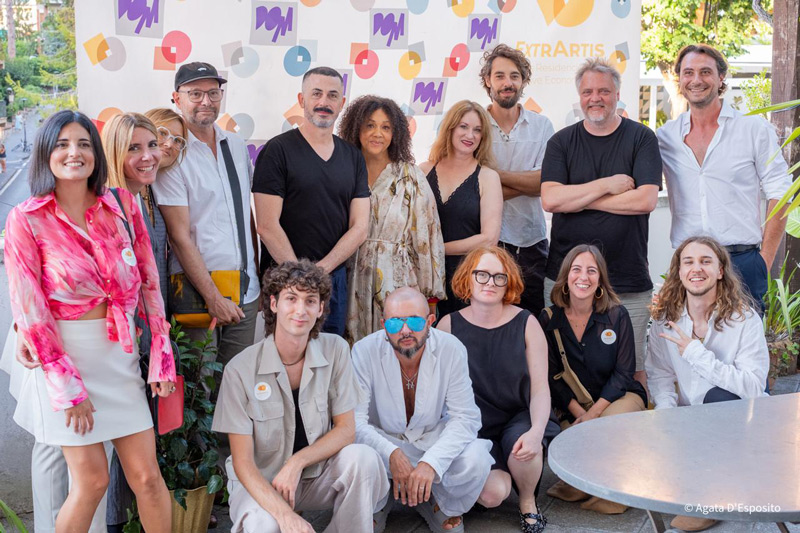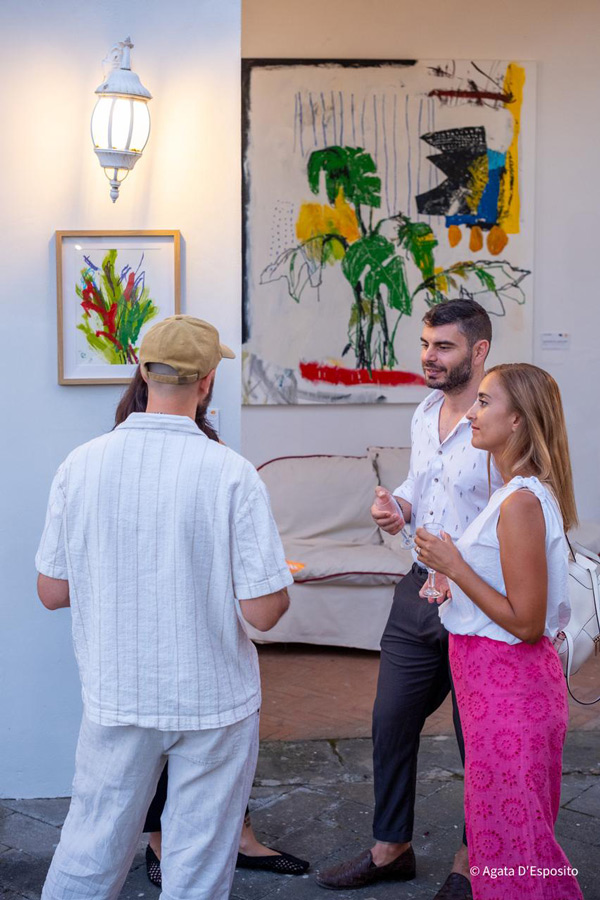ART MADRID WITH THE ARTISTS OF TOMORROW
Apr 22, 2020
art madrid
Within the last edition of the fair, Art Madrid carried out a collaborative action, on Tuesday 25th of February, with the arts & crafts public school Artediez, also joined by Liquitex, a benchmark brand in the manufacture of products for fine arts.
This project rmatches one of the fair's essential goals: to support young talent and encourage artistic creation from its inception. The profile of students at the school is varied since it provides training in photography, audiovisuals, illustration, industrial, fashion and graphic design, but all of them share the same concerns about artistic expression as well as the vital choice to make of it their profession. Artediez, moreover, makes efforts to support the work of its students with various exhibition proposals, contests or conducting travelling exhibitions, a work of visibility that undoubtedly pays off.
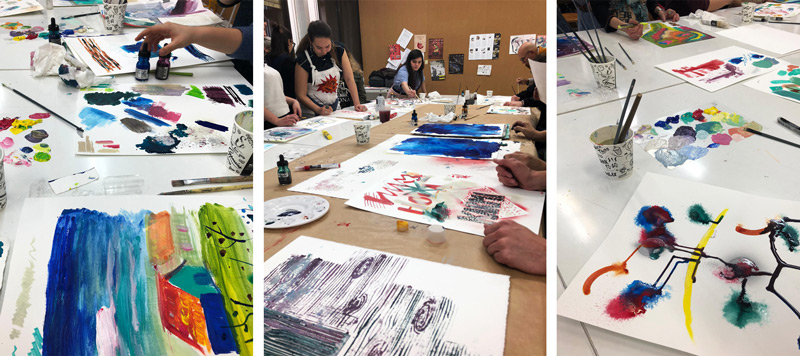
On this occasion, and within the framework of the fair and the activities program that we carry out every year, the collaboration with the school was divided into two actions, one of training and the other one of artistic creation, and in both, we had the contribution of Liquitex. The brand supported the proposal with materials and the organisation of a practical workshop, for students and the general public, on the use of acrylics and conservation of works of art taught by one of its artist ambassadors: Miguel Torrús. The objective was, on the one hand, to promote the creativity of young people by carrying out an exclusive artwork that was exhibited in the school itself and, on the other hand, to expand their knowledge and skills with this workshop, which Miguel conceived as practical training on technique and methodology to get the most out of the materials used while taking into account the conservation of the works and their long-term durability.
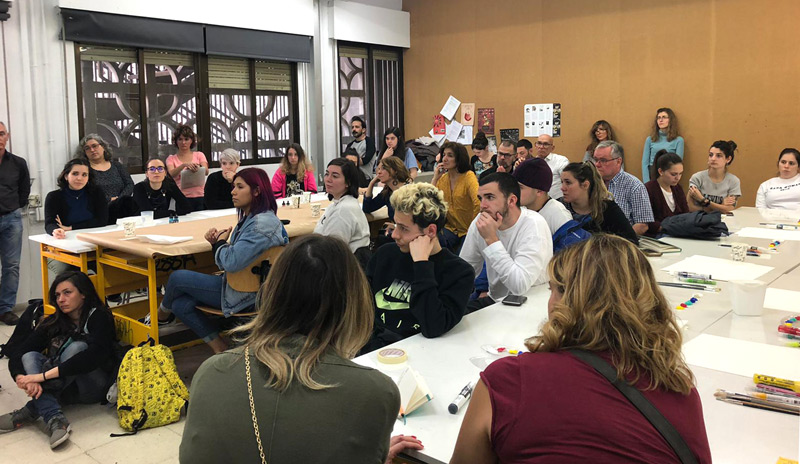
Liquitex is a brand of high-quality acrylics part of the Winsor & Newton group, manufacturer of fine art products since 1820. Liquitex characterises by the production of high-quality pigment paints, something that guarantees its durability, colour preservation and brightness and luminosity over time. Several artists specialised in this technique have joined forces with the brand to serve as ambassadors. This is the case of Miguel Torrús, a creator with more than 30 years of experience that has wide international recognition and works particularly with acrylics and watercolours. His work moves between expressionist figurative art and pure abstraction, and is part of important collections inside and outside Spain, in addition to having obtained countless awards and mentions. His collaboration with Liquitex is also based on his deep knowledge of each technique and his ability to fully exploit the capabilities of the materials. As he himself explains:
“my main function is to be able to teach both the professional artist, the student and the amateur painter the possibilities of the material, make them know all the possibilities of colour, of a medium, force them to leave their 'comfort zone' and that they know new pigments, new materials, new possibilities.”
The result was a very busy training session in which both students and the general public participated. During the workshop, everything learned was put into practice and tests were made with the materials, the different pigments and their characteristics on different supports.
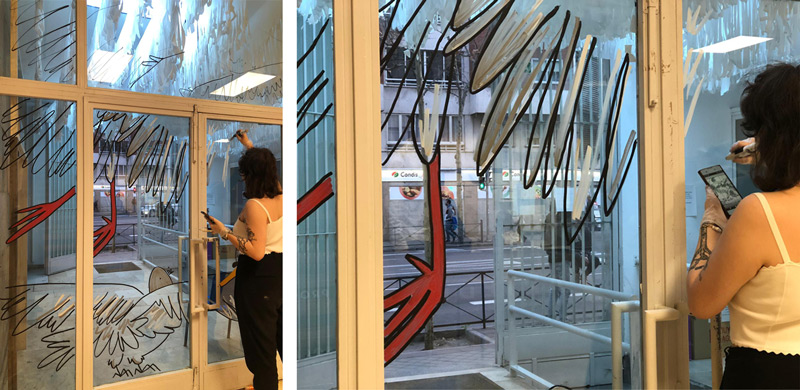
But in addition to this training workshop, Artediez invited one of his students, the artist María Elvira Bárbara (@elvirambarbara), to carry out an intervention on the school premises using the materials provided by Liquitex. The chosen space was the glass pane of the main entrance, which allows the work to be seen in front and behind, as well as playing with the dimensions and the fixed elements of the structure onto the piece. Elvira Bárbara chose for the occasion bird motifs with which she invaded the glass surface with feathers and wings outlined in white, grey and black. A whole day of painting that resulted in a spectacular artwork to welcome students and visitors to the school.
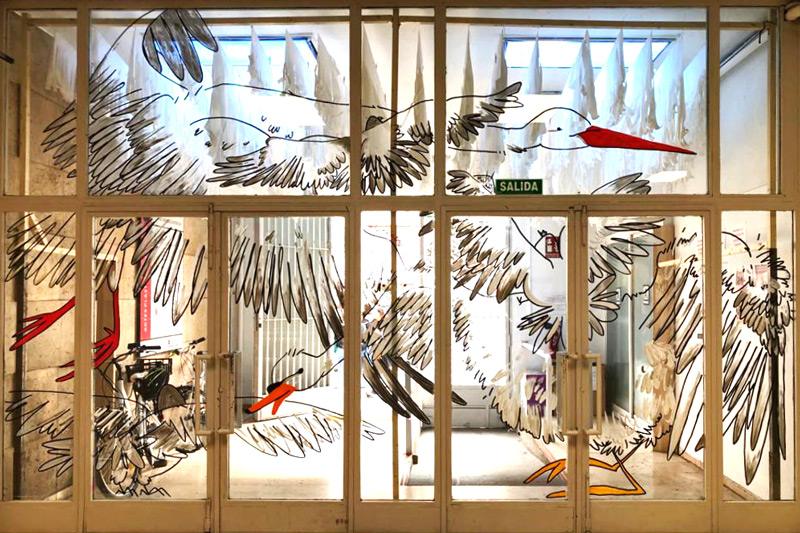
Ana García Angulo, Head of the Artediez Promotion and Development Department, has been in charge of this collaboration with Art Madrid and has managed the actions from the school, showing enormous enthusiasm for the project from the beginning. Given the interest of the centre to expand the range of options of its teaching programs, in addition to enabling new experiences for its students, this proposal has been widely appreciated by all and enjoyed not only by students but by all teachers and visitors to the school.
From Art Madrid, we will continue working to support the education sector and foster creativity and young talent from the beginning, because those will be the artists of tomorrow.

